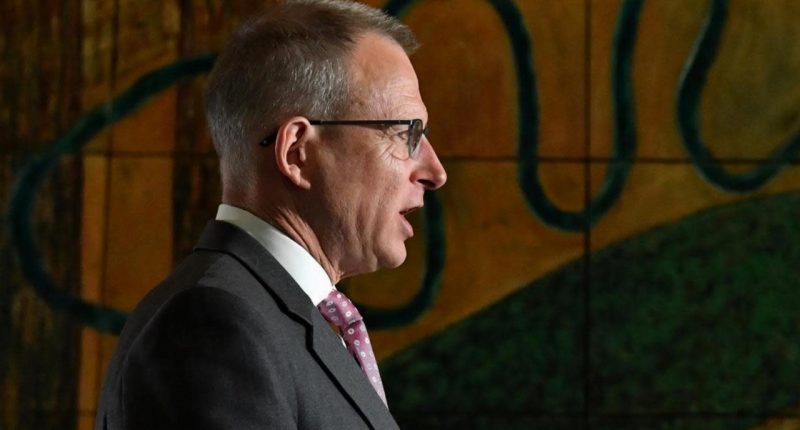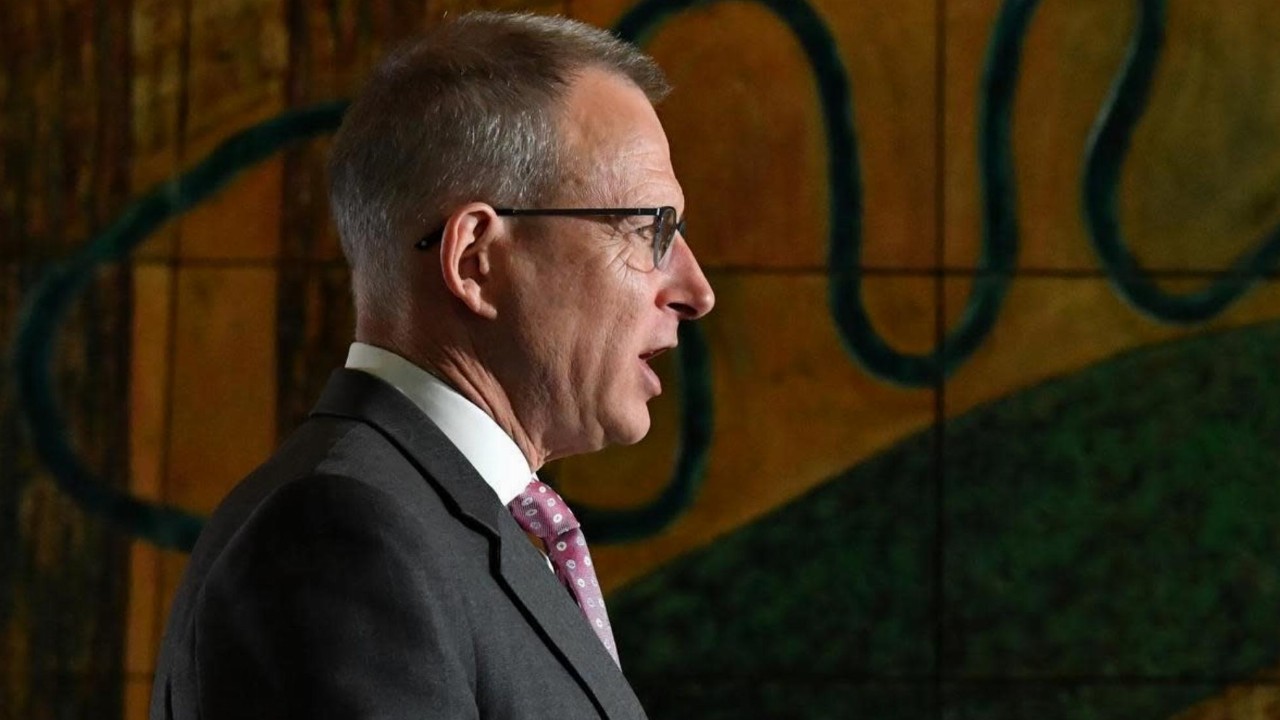- The Federal Government has finally given in and announced an upgrade of the NBN, enhancing its speed capabilities
- A total of $4.5 billion will be spent upgrading Australia’s National Broadband Network over the next two years
- $3.5 billion of that will be spent on delivering fibre to the premises (FTTP) for up to 75 per cent of homes across Australia
- The upgrade will allow million of homes to access ultra-fast broadband speeds of up to one gigabit per second if they opt-in
- The former Labor Government, then run by Kevin Rudd, first proposed a FTTP rollout of the NBN
- But, the subsequent Liberal Government curbed the idea and proceeded with FTTN
- In total, more than $51 billion has been spent on the NBN since its inception, with 99 per cent of all Australian homes and offices connected
After years of arguing fibre to the node (FTTN) was the best option for the NBN rollout, the Federal Government has finally given in and announced an upgrade.
The backflip was announced by Communications Minister Paul Fletcher, who revealed an additional $4.5 billion would be spent on the National Broadband Network over the next two years.
$3.5 billion of that would go towards finally installing fibre to the premises (FTTP) for up to 75 per cent of Australia homes by 2023, allowing them to access ultra-fast broadband speeds of up to one gigabit per second.
Political football
The move from FTTN and FTTP has long been called for but comes too late for some NBN customers — who previously had been forced to pay thousands of dollars to upgrade their infrastructure.
It’s also sparked harsh criticism from the Labor Party, with former Prime Minister Kevin Rudd — who was also the original architect of the NBN — labelling the Government’s handling of the entire network as fraudulent.
What a mega backflip on the part by Morrison. For 7 years they’ve botched my govt’s 2009 plan for fibre to the premises, instead wasting billions with fibre to the mythical “node”, giving us the worst speeds in the world. Now this! What total policy frauds https://t.co/aGCAI4H3pn
— Kevin Rudd (@MrKRudd) September 22, 2020
Under the then Rudd Government — the NBN was set to be delivered via FTTP, which essentially means laying fibre optic cable directly to premises, allowing for significantly faster uploads and downloads speeds.
But, the idea was scrapped when the Liberal Government came into power in 2013 under leader Tony Abbott. Instead, then Communications Minister Malcolm Turnbull decided to walk away from FTTP and instead proceed with FTTN.
Fibre to the node differs from FTTP as it only allows speed slightly better than the previous ADSL system. It consists of fibre optic cable only being installed in the street to a mini exchange, while the existing copper line connects the home to the internet.
The Opposition’s Communications Minister Michelle Rowland said this latest backflip back to FTTP by the current Liberal Government meant billions of dollars had been wasted over the years rolling out a slow, outdated system.
“This has to be the most extraordinary wasteful public policy backflip in a generation. This government has built a network that costs more and does less,” she said.
“After spending $51 billion on a second-rate network, and wasting seven years, it turns out fibre is what Australian businesses needed all along,” she added.
But, Communication Minister Paul Fletchers disagrees. He said the Coalition switched to FTTN seven years ago, as it could be rolled out swiftly and at the time there wasn’t demand for faster speeds.
“The 2013 decision by the Coalition to roll out the NBN quickly, then phase upgrades around emerging demand, has served Australia well. It meant the NBN was available to almost all Australians when COVID-19 hit, giving us high-speed home connectivity when we needed it most,” he said.
“And it means NBN Co is now well placed to invest in Australia’s broadband infrastructure to meet Australians’ growing appetite for faster speeds,” he continued.
Billions spent
In total, more than $51 billion has been spent on the NBN since its inception over a decade ago, with 99 per cent of all Australian homes and offices now connected with the slower FTTN model.
The $4.5 billion recently earmarked for upgrading the network to FTTP won’t cost tax-payers, as it will come from private debt and the wider refinancing of a previous commonwealth loan.
However, consumers will still have to pay more. This is because homes must opt-in to have their connection improved by installing FTTP. And, while the installation will be free, their average monthly internet bill will go up as consumers pay to use those higher speeds.








